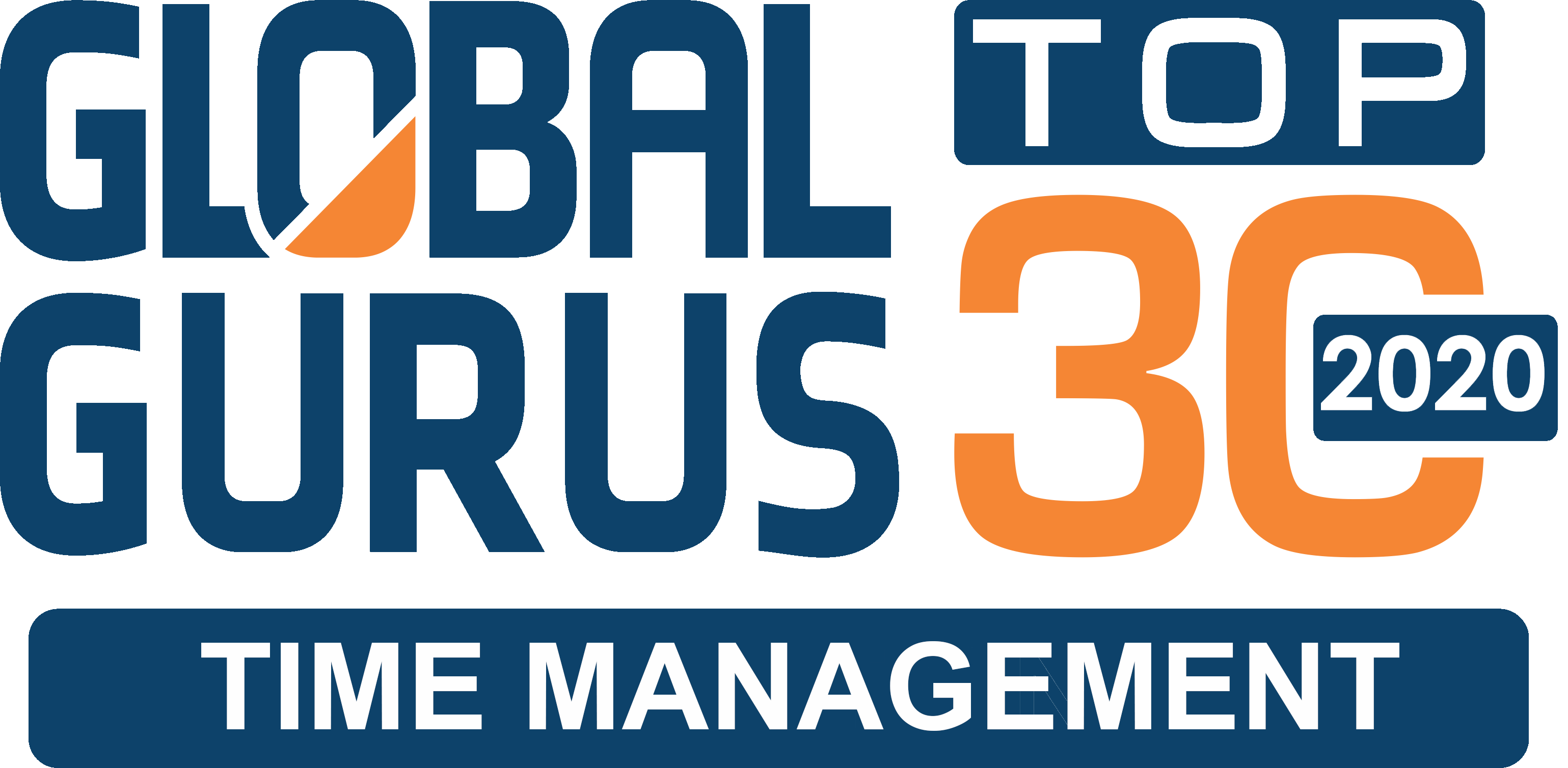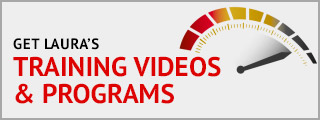“Effective leadership is not about making speeches or being liked; leadership is defined by results not attributes.” —Peter Drucker
 As a leader, you know how valuable it can be when you consistently, thoughtfully apply good, old-fashioned “leadership.” And yet at one time or another, nearly all of us have looked up to discover that we’ve let true leadership go by the wayside in the workaday hustle of just getting by. It’s far too easy to get bogged down in the minutiae of the operational piece of your job; in fact, your greatest occupational hazard as a leader is forgetting you manage people, not paperwork.
As a leader, you know how valuable it can be when you consistently, thoughtfully apply good, old-fashioned “leadership.” And yet at one time or another, nearly all of us have looked up to discover that we’ve let true leadership go by the wayside in the workaday hustle of just getting by. It’s far too easy to get bogged down in the minutiae of the operational piece of your job; in fact, your greatest occupational hazard as a leader is forgetting you manage people, not paperwork.
If you find yourself too busy to do your “real” job—or at least inexorably drawn in that direction—then something’s askew with your personal productivity. Perhaps it’s time for a tune-up…or possibly a major overhaul. So pull into your metaphorical productivity garage, lift the hood, and start making repairs. Implementing some combination of the seven tips listed below will hone your efficiency and effectiveness as a leader, soon putting you back on the righteous path.
1. Weed your meetings. Nothing can gnaw away at prime work time like meetings, and they seem to proliferate like bunnies in a lettuce patch. While you can’t avoid some meetings, take a careful look at the rest and give them the boot if they do nothing to advance your team’s goals. Rather than attend meetings just to show the flag, either assign someone on your team to represent you and report back or simply read the minutes. You can even have someone record the meetings, so you can listen to them during your otherwise unproductive downtime—for example, during your commute. Some people invite excessive attendees to avoid hurt feelings; reassure the organizer you’re confident they’ll do great work without you.
2. Limit your accessibility. An open-door policy sounds great, doesn’t it? And sure, it can foster a sense of teamwork if you make yourself available to anyone at any time. However, getting an interruption every eleven minutes will also shatter your concentration. Even a brief disturbance can put you off your game for a good 15 minutes before you can recapture your focus. So close your door and post a “Do Not Disturb” sign on it. Better yet, install a “dragon at the gate”—a personal assistant who makes sure no one bothers you. Proactively schedule regular face-to-face meetings with your team members by appointment, and set aside time every week for management by walking around.
3. Stop multitasking! Ironically, today’s office technology may be too easy to use. Not so many years ago, desktop computers could only open one program at a time, which resulted in focused “single-tasking.” Now they can handle numerous programs simultaneously—and worse—multiple iterations of the same program, which encourages “multi-tasking.” You can check Twitter, write a report, work on your latest budget spreadsheet, and respond to email all at once…theoretically. But whenever you flip from one task to another, you waste precious time shifting gears and regrouping. Collectively, it takes longer to get it all done than if you just plowed through one task at a time, finishing each completely before starting the next.
4. Polish your time management skills. Some leaders can’t find the time to lead because they can’t find the time to do anything due to a jam-packed calendar. I assume you used to be able to juggle your schedule, or you wouldn’t have made it to your current position. So go back to the basics with a scrub brush in hand and start polishing away the tarnish. Review your personal time management system for improvement opportunities and replace or clean it up. Make sure you can find any piece of information in seconds, whether stored on paper or electrons. Hone your project management and task scheduling skills. And don’t overcommit. Turn down tasks when you don’t have the bandwidth and prioritize whatever remains.
5. Delegate more. Are you spending more time “doing” or “leading”? Your leaders know you don’t personally do everything they assign to you, and they don’t expect you to—that’s why you have a team. While triaging your to-do list, take everything you can’t do most profitably and assign it to someone who can. Every item you delegate means more time available to focus on the big picture of leadership. You may even need to outsource some tasks if your team lacks the necessary skills. Often contractors can do those tasks more effectively and/or economically.
6. Don’t micromanage. Your company isn’t paying you to do everyone else’s job. Your value lies in selecting the best workers for each task, empowering those workers to do said tasks, and turning them loose. While you should always oversee their work and establish set milestones to check their progress, keep your guidance gentle. If you always watch your employees like a hawk, hovering constantly over their shoulders, asking them several times a day about the project, then you won’t get your own work done—and they’ll become nervous, resentful, and unproductive. That’s not leadership; it’s self-sabotage.
7. Tame your electronics. Email, the Internet, laptops, tablets, smartphones—what would modern business be like without them? Much less productive, certainly…and you definitely wouldn’t be reading this article on your iPad. However, as philosophers have pointed out for centuries, our tools can also make tools of us—in both the general and slangy sense. Distraction due to over-connection to the info-sphere can hurt your productivity worse than missing a night’s sleep or smoking too much marijuana. So put tight restrictions on the recreational use of your tools, and turn them off when you need to focus on leadership instead. When connecting with an employee, always give that person your undivided attention.
The Bottom Line
Depending on how much time you need to free up, you may not have to tackle all the factors I’ve outlined in this article. Give your situation some thought before you dive in with your figurative monkey wrench. Find the biggest clog in your productivity machinery and start there. Your workflow process may require little more than a little preventative maintenance here and there. Let your results guide you as you tweak it toward the type of balance that provides enough time for you to lead both by example and by action.
SPECIAL THIS WEEK:
 I am honored to have a featured article in an exciting new publication, “ENLIGHTENED LEADERSHIP” iPad magazine. This month’s issue contains these fantastic features:
I am honored to have a featured article in an exciting new publication, “ENLIGHTENED LEADERSHIP” iPad magazine. This month’s issue contains these fantastic features:
Menu Driven Thinking: Managing Technology -Dependent Employees by Robert W. Wendover
Video: 10 Ways to Bring Flow to Your Team by Vishen Lakhiani
7 Leadership Lessons from Riding The Paddle Board by Julie Winkle Giulioni
How do you Know You’re A Good Leader? Part II by Alan Zimmerman
There’s a Mismatch Between What Science Knows and What Business Does…And You Can Profit From Knowing the Difference by Ed Oakley
Video: How to Influence Without Authority and Get Breakthrough Results by Ed Oakley and Ed Tate
Download a sneak peek with just my article and then enjoy a FREE six-month subscription:
iPad: http://budurl.com/ipad201
Non-iPad: http://budurl.com/magazine201



All of these things are quite true. I have cut down my meetings and always think of which meetings are the best use of someone’s time — even for someone else!
My cell phone is my phone on the road–and my phone only. The exception is if I need to see how my website looks and acts on a mobile device.
Thanks for the tips as always, Laura!
Thanks, Karen! I appreciate your comments. So glad you find the tips helpful! Happy Thanksgiving to you.
I think you make a great point about delegation – that’s what your team is for! It only makes sense to be able to rely on them to help you. And it does wonders for managing stress and time!
This is a great list with lots of useful info! Thanks!